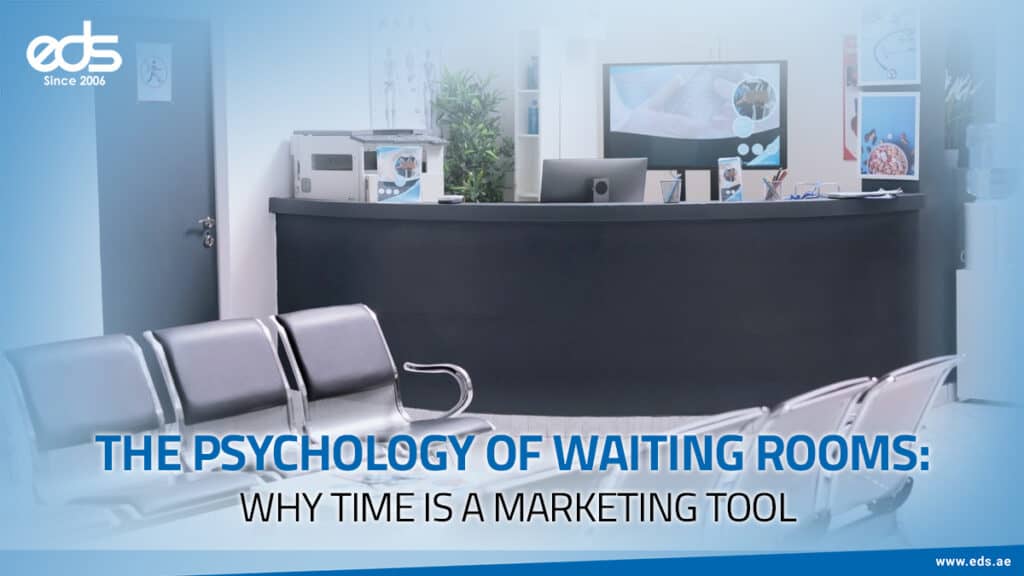Most businesses think of waiting rooms as a necessary but boring part of the customer experience. People wait, they get restless, they scroll through their phones – and then they finally get what they came for. But what if we told you that waiting rooms can actually work for your business, shaping customer perceptions and even increasing conversions?
Waiting is not just lost time – it’s an emotional experience. The longer a person feels they wait, the more likely they are to form negative opinions about the service, even if the actual wait was short. On the flip side, when businesses design waiting spaces with intention, they can turn idle time into a subtle, persuasive marketing tool.
The Psychology Behind the Wait
Studies show that people perceive time differently depending on how engaged they are. Unoccupied time feels longer than occupied time, which means if your waiting area is dull or uncomfortable, every minute feels like five. This is why digital signage solutions in waiting rooms are so powerful. A well-placed screen with engaging information can make customers feel like time is passing faster, which reduces frustration.
Another factor is fairness and transparency. People are more patient if they know why they’re waiting or how long it will take. Businesses can use corporate communication displays to inform visitors about queue status, upcoming promotions, or even company milestones. This creates trust and keeps customers in a positive mindset before they interact with your team.
Turning Waiting Time into Brand Time
A waiting room is one of the few places where you have a captive audience. Rather than letting that opportunity slip away, you can use this moment to strengthen your message. For example, indoor advertising screens can showcase your latest offerings, share testimonials, or highlight community initiatives your business supports.
You can also consider LED display advertising to create high-impact visuals that grab attention even in short waiting periods. Similarly, digital out-of-home campaigns can be adapted for in-store settings, turning every wall or corner into an opportunity for communication.
When done well, this doesn’t feel like advertising – it feels like useful, even entertaining, information. This type of messaging can influence purchasing decisions, build credibility, and ensure customers walk into their appointment already primed with a positive impression.
Designing the Experience
A good waiting room strategy goes beyond just visuals. Comfortable seating, ambient music, and a clean, organized layout contribute to a feeling of professionalism and care. Some businesses even use video wall solutions to create immersive environments that relax or energize visitors depending on the nature of the service.
For businesses in competitive industries, integrating OOH media planning into the waiting area experience helps maintain a consistent message across multiple touchpoints – from outdoor advertising to the point of service. This makes the waiting room feel like a natural continuation of the overall marketing journey.
Final Thoughts
Waiting rooms don’t have to be a dead zone. When designed with psychology in mind, they become a powerful space to inform, engage, and convert. Businesses that embrace this concept can make every minute of a customer’s visit count – even before the main interaction begins.
Ready to transform your waiting room into a marketing asset? Contact us at [email protected] or visit eds.ae to explore more ways to make every moment matter.

